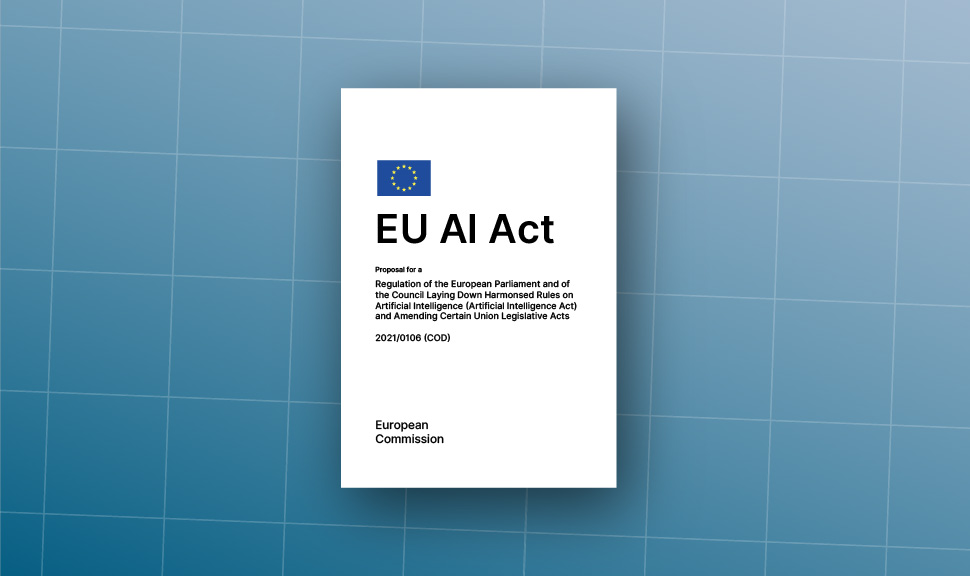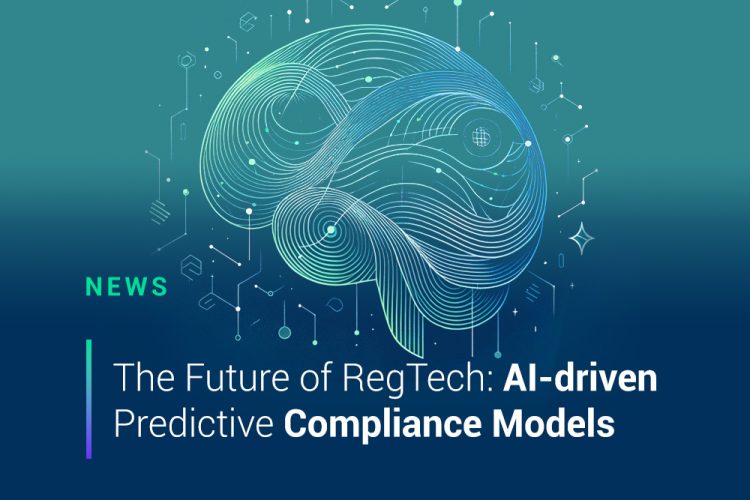
European Union AI Act Exposes Compliance Gaps in Major AI Models
As scrutiny intensifies on AI compliance with emerging regulations, recent findings indicate significant shortcomings in some of the most advanced AI models developed by tech giants. The new insights come from a comprehensive analysis conducted by LatticeFlow, a Swiss startup, in collaboration with leading academic institutions, which evaluated these models against the anticipated standards of the forthcoming European Union AI Act.
 Key Developments Surrounding AI Compliance in the EU
Key Developments Surrounding AI Compliance in the EU
The Rise of Regulatory Frameworks
The European Union’s push for stricter regulations on artificial intelligence was catalyzed by the unprecedented rise of generative AI technologies, notably following the release of ChatGPT in late 2022. This surge brought forward public debates surrounding the risks associated with AI’s capabilities, prompting the EU to outline specific compliance measures for general-purpose AI models (GPAI). As the AI Act is set to roll out in phases over the next two years, companies face mounting pressure to align their models with these regulations.
LatticeFlow’s assessment tool, aptly named the “Large Language Model (LLM) Checker,” recently ranked various models from leading corporations, including OpenAI, Meta, and Alibaba. The results highlighted a range of average compliance scores, revealing the areas needing urgent attention.
Analysis of Compliance Scores
Using a scoring system ranging from 0 to 1, LatticeFlow found that models from companies like Alibaba and OpenAI scored impressively high, averaging over 0.75. However, essential evaluation areas exhibited alarming deficiencies. Issues such as discriminatory outputs and cybersecurity vulnerabilities were chief among those flagged.
When scrutinized for discriminatory outputs—an ongoing concern amid the development of AI systems—OpenAI’s “GPT-3.5 Turbo” garnered a disappointing score of 0.46, while Alibaba’s “Qwen1.5 72B Chat” significantly lagged behind with a score of merely 0.37. These findings cast doubts on the fairness and equity of AI systems that are increasingly interfacing with diverse populations worldwide.
Testing AI Compliance as Regulations Emerge
The Cybersecurity Imperative
In terms of cybersecurity, a particular focus was directed towards “prompt hijacking,” a formidable risk where deceptive prompts can lead to unauthorized data exposure. The results were concerning; Meta’s “Llama 2 13B Chat” earned a score of 0.42, whereas French startup Mistral’s “8x7B Instruct” recorded even lower at 0.38. Comparatively, Google-backed Anthropic’s “Claude 3 Opus” felt more secure with a higher average score of 0.89, positioning it as a leading example of compliance amidst rising concerns.
A spokesperson from the European Commission praised LatticeFlow’s independent evaluation platform, framing it as an essential step towards realizing the EU AI Act’s objectives. However, the commission is still outlining how these standards will be broadly enforced across the industry, aiming to finalize a governance code by spring 2025.
Looking Ahead: Steps Towards Compliance
Petar Tsankov, CEO of LatticeFlow, emphasized the test results as a constructive indication for tech companies on mapping out required adjustments to meet the EU’s regulatory demands. He stated,
“The EU is still working out all the compliance benchmarks, but we can already see some gaps in the models. With a greater focus on optimizing for compliance, we believe model providers can be well-prepared to meet regulatory requirements.”
The urgency is palpable; non-compliance with the AI Act may lead to steep fines, amounting to either €35 million or 7% of a company’s global annual revenue, depending on which is higher.
 Emerging Compliance Standards for AI Models
Emerging Compliance Standards for AI Models
Challenges Ahead for Tech Giants
As companies navigate these complex waters, several have refrained from commenting on the results, reflecting a broader hesitation to engage publicly until compliance pathways are clearer. While Meta chose not to provide a statement, others, including OpenAI and Anthropic, have remained notably silent in the face of these scrutiny results. The European Commission remains vigilant, continuously monitoring the evolution of these AI technologies and their alignment with regulatory expectations.
The LLM Checker promises to be a vital resource for developers to assess their models’ compliance freely, heralding a more accountable future for AI in the EU. As the implications of these findings continue to unfold, the balance between innovation and oversight remains a critical focus for AI stakeholders.
In summary, the journey towards AI compliance in Europe signifies a larger struggle to harness emerging technologies responsibly. With new tools available to gauge compliance, companies must address these gaps now to foster public trust and avoid regulatory backlash in the evolving landscape of AI governance.














